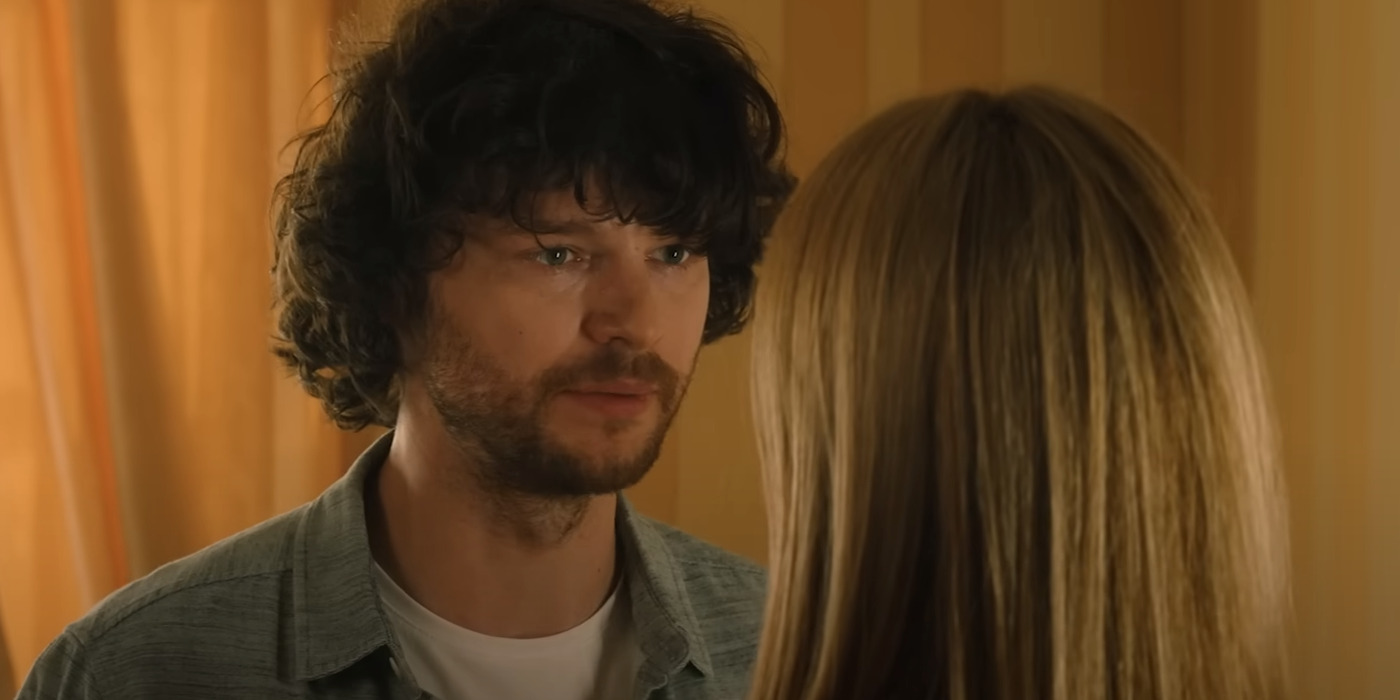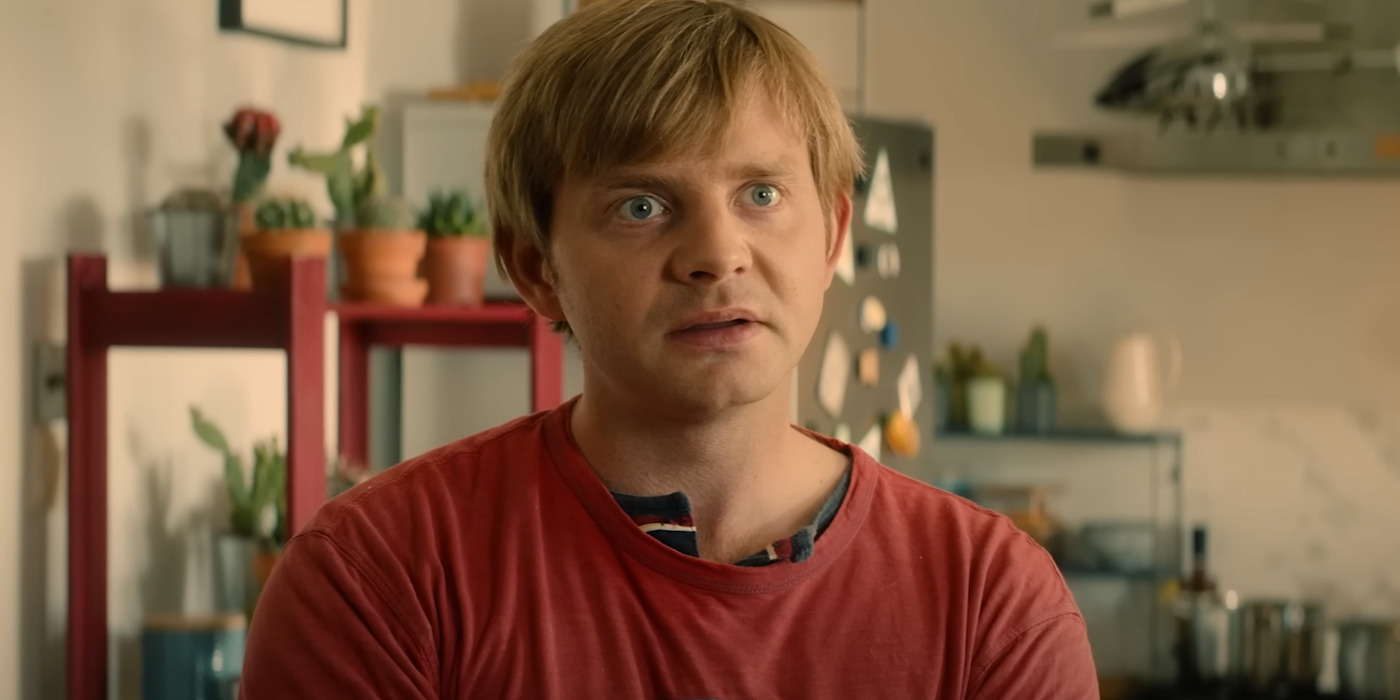Directed by Tomasz Konecki, Netflix’s ‘Kiss, Kiss!’ is a Polish romantic comedy movie starring Mateusz Kosciukiewicz, Zofia Domalik, Rafal Zawierucha, and Zofia Domalik, among others. It follows womanizing Tomek, who falls in love with Ola, a perfect stranger, and pursues her in the two weeks leading up to her wedding. At the same time, his brother, Janek, tries to win over his local florist, Klara.
However, Tomek’s involvement in Ola’s wedding catches the eye of an unsavory character and threatens to ruin both brothers’ chances at love. The movie employs age-old romance tropes and depicts a classic feel-good story about a playboy turned hopeless romantic. It is both amusing and familiar, with some outlandish twists and turns added to the storyline. If you’re wondering whether or not this film has a true story behind it, here is everything you need to know about ‘Kiss, Kiss!’ and its connections to reality.
Kiss, Kiss is an Original Work
No, ‘Kiss, Kiss!’ is not based on a true story. Not just that, this romcom, originally titled ‘Gorzko, gorzko!’ also has nothing to do with a similarly named contemporary Polish book ‘Gorzko, gorzko’ by Joanna Bator. The premise and storylines explored in the movie are all creations of screenwriters Andrzej Golda and Martyna Skibinska and director Tomasz Konecki.

Konecki has past experiences working on a similar romantic comedy movie named ‘Their Lucky Stars,’ in which the protagonists with contradictory worldviews on romance and life are opposite. The dynamic between the characters in ‘Their Lucky Stars’ reflects the “hot and cold” relationship between Tomek and Ola in ‘Kiss, Kiss!.’ While the former has a more flippant and frivolous approach to romantic relationships, the latter is interested in domestic life and is eager to settle down.
The juxtaposition between Tomek and Ola eventually sparks their romance. As such, their relationship can be classified as another one for the books of the opposite-attracts and the “enemies to lovers” cliches. In the same vein, Tomek and Ola’s romance in the story may also be reminiscent of other classic romance tropes found in movies and TV shows over time. The persistence with which he pursues her, even after she constantly turns him down, is a cliche all too often equipped for romantic plotlines.
Viewers may relate Tomek’s chase after Ola to the infamous “Dobler-Dahmer” theory coined by the popular sitcom ‘How I Met Your Mother.’ It proposes any grand romantic gesture has the potential to either be endearing or unnerving depending on the connection between two people. If a gesture falls under the Dobler category, the relationship will work out— if not, things will likely go downhill fast. Luckily, Tomek’s romantic gestures for Ola ultimately end up working out for him.
Similarly, throughout the movie, Tomek regularly offers unprompted advice for his love life to his brother, Janek. Some of his advice includes making Klara jealous of another woman and fabricating a situation in which Janek can be the hero to her damsel in distress. All these tricks are often used not only in fiction but in reality as well when it comes to matters of romance. Another storyline explored in ‘Kiss, Kiss!’ is that of Kamil Szeptycki’s character, Kris. He is a closeted gay man forced by his mother to marry Ola to protect his politician father’s public image.
Kris’ story reflects the reality and struggles of many people, and viewers may relate to his narrative as well. Ultimately, ‘Kiss, Kiss!’ is not based on actual events. Nevertheless, the film utilizes several commonplace, mainstream plotlines and cliches to form the framework of its plot. Due to the high relatability and similarities to other contemporary romcoms, it feels like a story that’s been told one too many times. As such, viewers may experience a sense of deja-vu based on reality and pop culture while watching the Netflix movie’s events unfold on screen.
Read More: Where Was Netflix’s Kiss, Kiss! Filmed?


You must be logged in to post a comment.